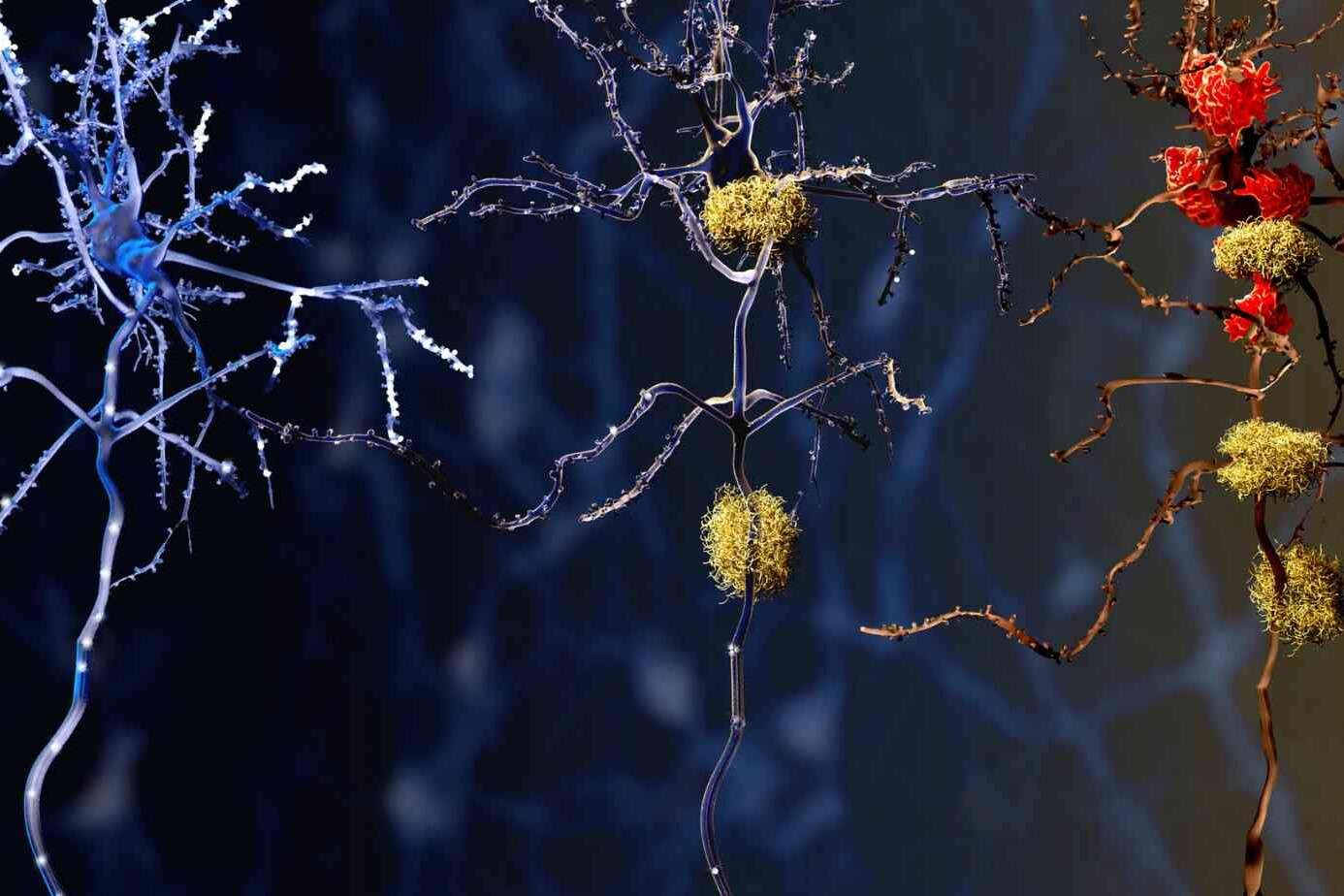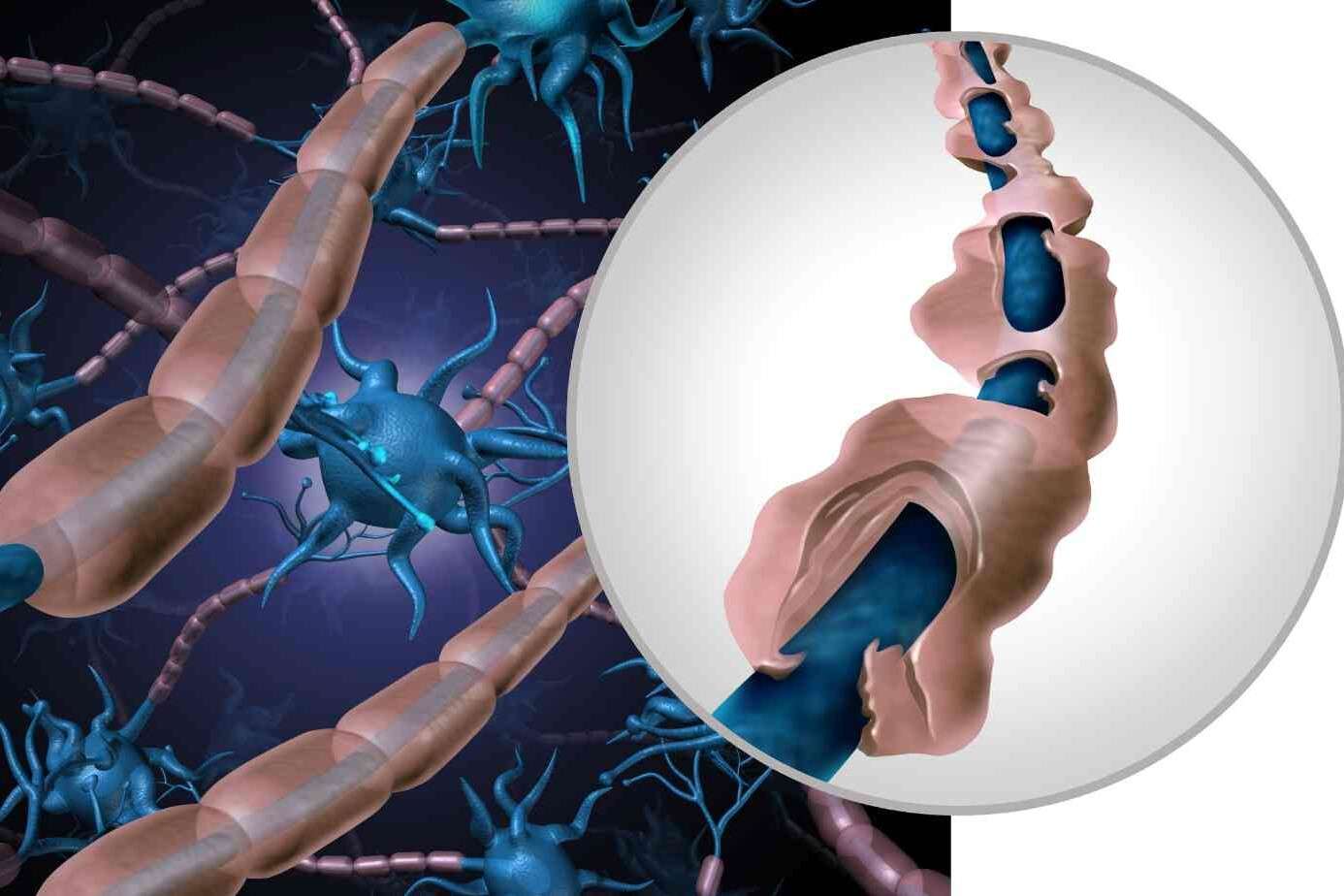Table of Contents
ToggleWhat is Amyotrophic Lateral Sclerosis?
Imagine your body is like a robot. This robot works smoothly because wires (nerves) send messages from the brain to different parts. Amyotrophic Lateral Sclerosis is a condition where these wires start to wear out. When this happens, the robot (your body) finds it more challenging to walk, talk, and even eat.
Amyotrophic Lateral Sclerosis Symptoms
Amyotrophic Lateral Sclerosis Symptoms are signs our body gives us to say something is not working right. In ALS, these signs can be different for each person, but here are some common ones:
Muscle Weakness
How it Feels: Imagine trying to lift a heavy book but finding it surprisingly difficult. This is how muscle weakness in ALS can feel. It often starts in the hands, feet, or legs.
What Happens: Simple tasks like buttoning your shirt, writing with a pencil, or walking can become harder. It’s like your muscles are not listening to your brain’s commands.
Clumsiness and Falling
Tripping and Dropping Things: People with ALS might trip more often, even on flat surfaces. They may also drop things they hold, like a glass of water, because their grip isn’t as firm.
Balance Issues: Standing up or walking straight can be a challenge. It’s like trying to walk on a wobbly bridge.
Trouble Speaking or Swallowing
Slurred Speech: Words might not come out clearly. It sounds like talking with a mouth full of marshmallows.
Difficulty Swallowing: Eating foods, primarily solids, can be hard. Sometimes, even drinking water can cause coughing or choking.
Muscle Cramps and Twitching
Unexpected Muscle Movements: It’s like your muscles are playing a game without your permission, causing sudden, small movements.
Discomfort: These cramps and twitches can be uncomfortable and sometimes painful.
Feeling Tired
Increased Fatigue: Everyday activities, like walking your dog or playing a game, might leave you feeling more tired than before. It’s like running a race without having enough sleep.
Changes in How You Think and Feel
Emotional Changes: People with ALS might feel sad, happy, or angry more than usual without an apparent reason. It’s like having a rollercoaster of emotions.
Cognitive Changes: Some people struggle to concentrate, remember things, or make decisions. It’s like when your computer runs slowly and takes time to open files.
Understanding the Progression
Gradual Increase: These symptoms usually start slowly and get worse over time.
Spread of Symptoms: They might begin in one part of the body, like the hand, and gradually spread to other parts.
Facts about Amyotrophic Lateral Sclerosis
How Common is ALS in Europe and North America?
Between about 1.5 and 4.7 people out of every 100,000 get ALS each year.
For every 100,000 people, about 2.7 to 7.4 have ALS at any given time.
ALS in Different Groups in the United States:
More White people tend to get ALS compared to other racial and ethnic groups.
Men vs. Women with ALS:
More men get ALS compared to women, especially when they’re younger than 70. But after 70, the numbers between men and women are almost the same.
Age and ALS:
People are more likely to get ALS as they get older, particularly after 40.
The highest chance of getting ALS is around age 74.
How Many New Cases in the U.S.?
About 7,000 new cases of ALS are diagnosed in the U.S. each year.
Changes Over Time:
The number of people getting ALS and the number of deaths from ALS have been slowly increasing over the years. This might be partly because people are living longer.
Risk Factors for ALS: Who Gets ALS?
Main Risk Factors for ALS
- Age: Older people have a higher risk of getting ALS.
- Family History: If ALS is in your family, you might have a higher risk.
- Possible Risk Factor – Smoking: Smoking cigarettes might increase the risk of getting ALS.
Genetics and Sporadic ALS
There’s ongoing research about how genetic differences might play a role in ALS that occurs without a family history.Other Possible Risk Factors with Mixed Evidence:
There are many other potential risk factors, but the evidence isn’t strong or is conflicting. These include jobs like military service, agricultural work, or working in factories; exposure to things like pesticides, heavy metals, or low-frequency magnetic fields; physical factors like athleticism or trauma; and even early hair loss or having less body fat before getting sick.
Socioeconomic Status Paradox:
Strangely, ALS seems more common in people with higher-status jobs, where exposure to harmful substances is less likely, and less common in lower-status jobs with more exposure to such chemicals.
- Gut Microbiome Link:
- Some studies suggest changes in gut bacteria might be connected to ALS, offering potential treatment opportunities.
- Heavy Metals Controversy:
- This connection remains controversial despite some cases linking heavy metals like mercury, lead, and aluminium to ALS.
- Environmental Triggers and Gulf War Veterans:
- Young U.S. Gulf War veterans have a higher chance of getting ALS, but it’s unclear why. It might be related to their experiences during service, but no specific cause has been found.
- Military Veterans and ALS:
- Military veterans, in general, seem to have a higher risk of dying from ALS, regardless of when or where they served. This suggests the risk is unrelated to a specific event, like the Gulf War.
- Potential Military-Related Risk Factors:
- Various factors in military service, like exposure to certain chemicals, physical injuries, or intense physical activity, are suspected but not confirmed as risk factors for ALS.
- In summary, age and family history are the main known risk factors for ALS. Smoking might be a risk factor, too. Other suspected risk factors, especially related to military service, need more research to be confirmed.
Does ALS run in families?
Familial ALS” means the type of ALS that runs in families. This kind of ALS makes up about 5 to 10 per cent of all ALS cases. The other 90 to 95 per cent of cases are called “sporadic” or “idiopathic,” meaning they happen randomly and the exact cause isn’t known. Genetic testing for at least SOD1 and C9ORF72 is encouraged in all patients
Where is ALS most seen in the world?
In the western Pacific, there are three places where ALS is ubiquitous: Guam, West New Guinea, and the Kii Peninsula in Japan. The first time scientists noticed a lot of ALS cases in one area was among the native people of Guam.
In Guam, ALS often happens along with Parkinsonism (which is like Parkinson’s disease but not precisely the same) and Alzheimer’s disease. Because of this combination, the condition there is called “amyotrophic lateral sclerosis-parkinsonism dementia complex”, or ALS-PDC for short. This name highlights that people with the condition often have amyotrophic lateral sclerosis symptoms, Parkinson’s disease, and dementia (profound memory loss and confusion) all at the same time.
Why does ALS happen? What’s the cause of ALS?
The exact cause of ALS, which is a disease affecting nerve cells in the brain and spinal cord, isn’t known yet. However, scientists have some ideas about what might be going wrong inside the body to cause ALS. These include:
- Abnormal RNA Processing: RNA helps carry instructions from our DNA to make proteins. If something goes wrong in this process, it can cause cell problems.
- Disorders of Protein Quality Control: Our cells have a system for ensuring proteins are correctly made and folded. If this system fails, it can lead to diseases like ALS.
- Excitotoxicity: This is when nerve cells get damaged or die because they are overstimulated by chemicals in the brain.
- Cytoskeletal Derangements: The cytoskeleton helps maintain a cell’s shape and structure. Problems here can lead to cell damage.
- Mitochondrial Dysfunction: Mitochondria are like the power plants of our cells. Cells can’t get the energy they need if they don’t work correctly.
- Viral Infections: Some researchers think certain viruses might trigger ALS.
- Apoptosis: This is a process where cells are programmed to die. If this process goes wrong, it can lead to diseases.
- Growth Factor Abnormalities: Growth factors help regulate cell growth. Changes in these factors could contribute to ALS.
- Inflammatory Responses: Sometimes, the body’s immune response can cause damage to its tissues, which might be a factor in ALS.
- Others: There are many other theories, but more research is needed to understand them.
About The Author

This article is medically reviewed by Dr. Chandril Chugh, Board-Certified Neurologist, providing expert insights and reliable health information.
Dr. Chandril Chugh is a U.S.-trained neurologist with over a decade of experience. Known for his compassionate care, he specializes in treating neurological conditions such as migraines, epilepsy, and Parkinson’s disease. Dr. Chugh is highly regarded for his patient-centered approach and dedication to providing personalized care.
→ Book a consultation to discover which remedies suit your needs best.





